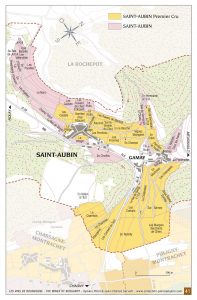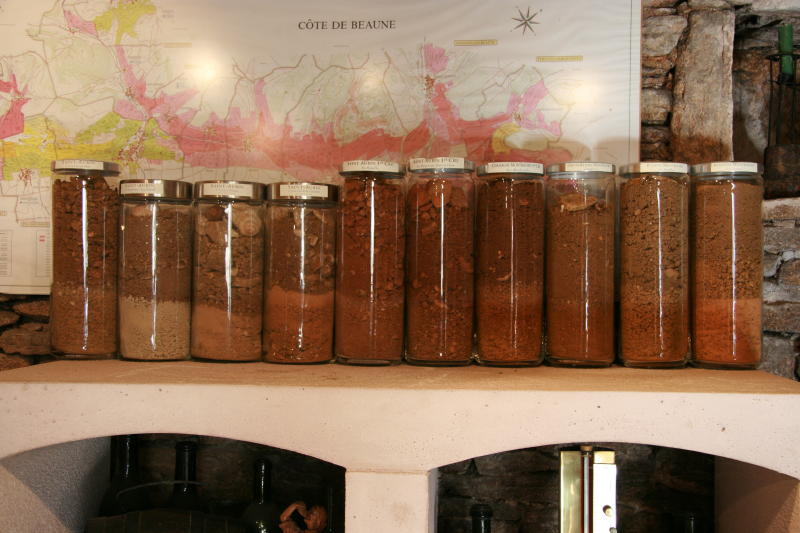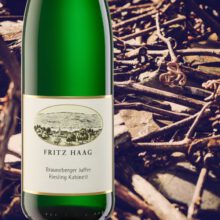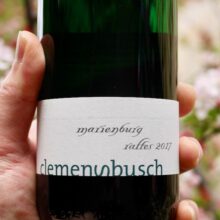
Product information
Domaine Hubert Lamy Saint-Aubin 1er Cru Les Frionnes 2021
Chardonnay from Saint-Aubin, France, Côte du Beaune, Burgundy
$295
Description
Lamy has 2.4-hectares in the 1er Cru Les Frionnes, with vines planted in 1935, 1960 and 1985. It’s a southeast-facing site with old, decomposed limestone/clay soils and a plethora of small rocks in the topsoil. The vines are adjacent to the Derrière chez Edouard, but this is a slightly warmer site and is therefore picked earlier. Frionnes gives both pulpy fruit and vibrant, saline freshness along with a compact, rocky close.
“Habitually one of the domaine’s more mineral wines, the 2021 Saint-Aubin 1er Cru Les Frionnes is taut and electric, offering up scents of white flowers, sweet citrus oil, oyster shell and toasted nuts, followed by a medium-bodied, pure and racy palate that’s saline and electric.” Drink 2025-2040
William Kelley, The Wine Advocate 92 Points
In stock
















You must be logged in to post a comment.